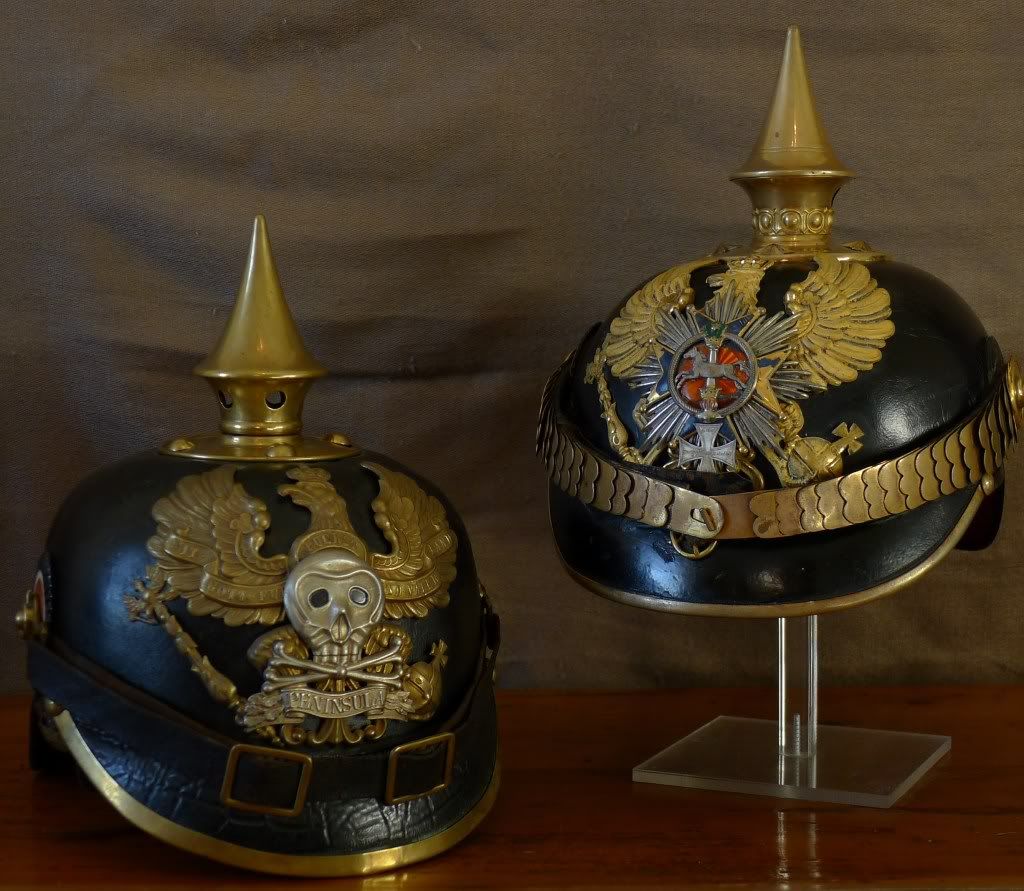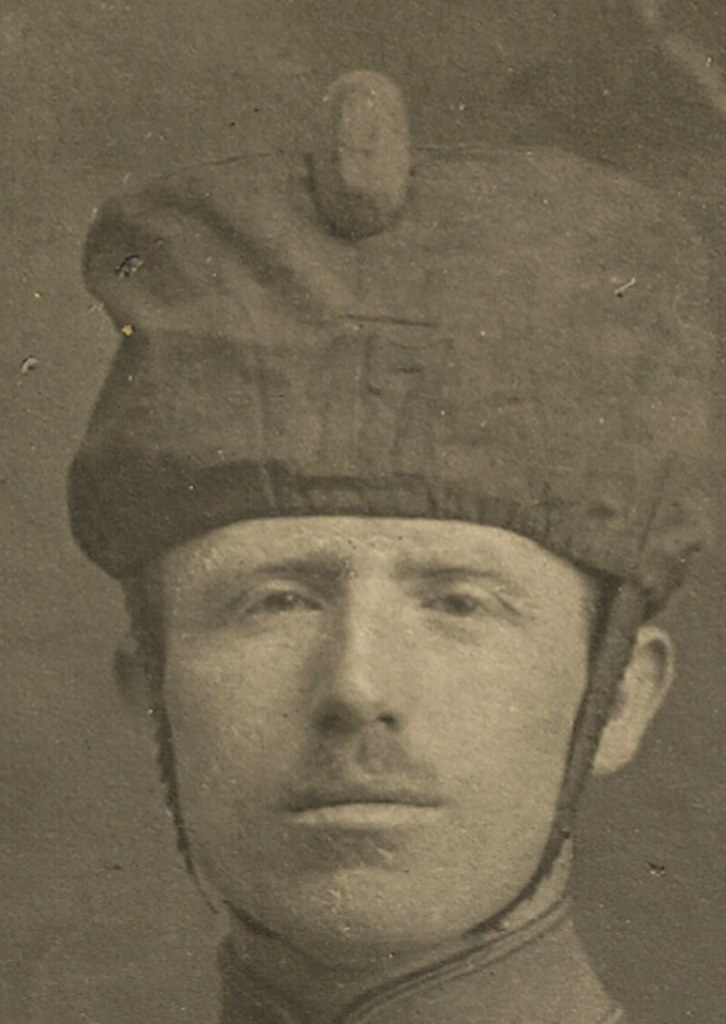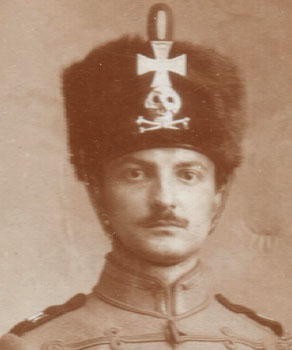A pair of older IR92 helmets, illustrating the two different emblems worn.
- 1871-1890 type officer helmet. This emblem was given in 1886, the year when the regiment started wearing spike helmets. On this example the enamel is unfortunately damaged (for the rest, the helmet is pretty much flawless. A single (prussian) cockade is worn on the right side, as is normal on this model)
- M91 enlisted man helmet. The skull was adopted in 1889 by the 3rd battalion
Still in time to wish you all a happy 2012!
Bruno

- 1871-1890 type officer helmet. This emblem was given in 1886, the year when the regiment started wearing spike helmets. On this example the enamel is unfortunately damaged (for the rest, the helmet is pretty much flawless. A single (prussian) cockade is worn on the right side, as is normal on this model)
- M91 enlisted man helmet. The skull was adopted in 1889 by the 3rd battalion
Still in time to wish you all a happy 2012!
Bruno










